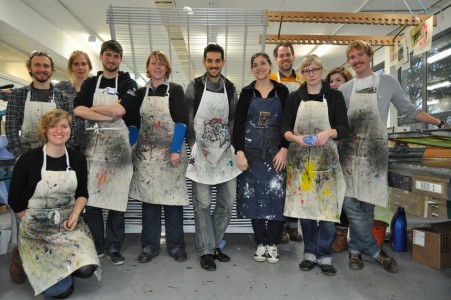
York Heritage Seminar Series: Description, Dialogue or Debate? Examining the role of narrative in the visualisation of archaeology
Date: 26.02.2013
Time: 5.30pm
Speaker: John Swogger (Archaeological illustrator)
Location: Room 3043 building 65a (avenue campus)
Tuesday 26 February we will be live-streaming another York Heritage Seminar, this time by the archaeological illustrator John Swogger who will talk about “Description, Dialogue or Debate? Examining the role of narrative in the visualisation of archaeology”.
Continue reading →




